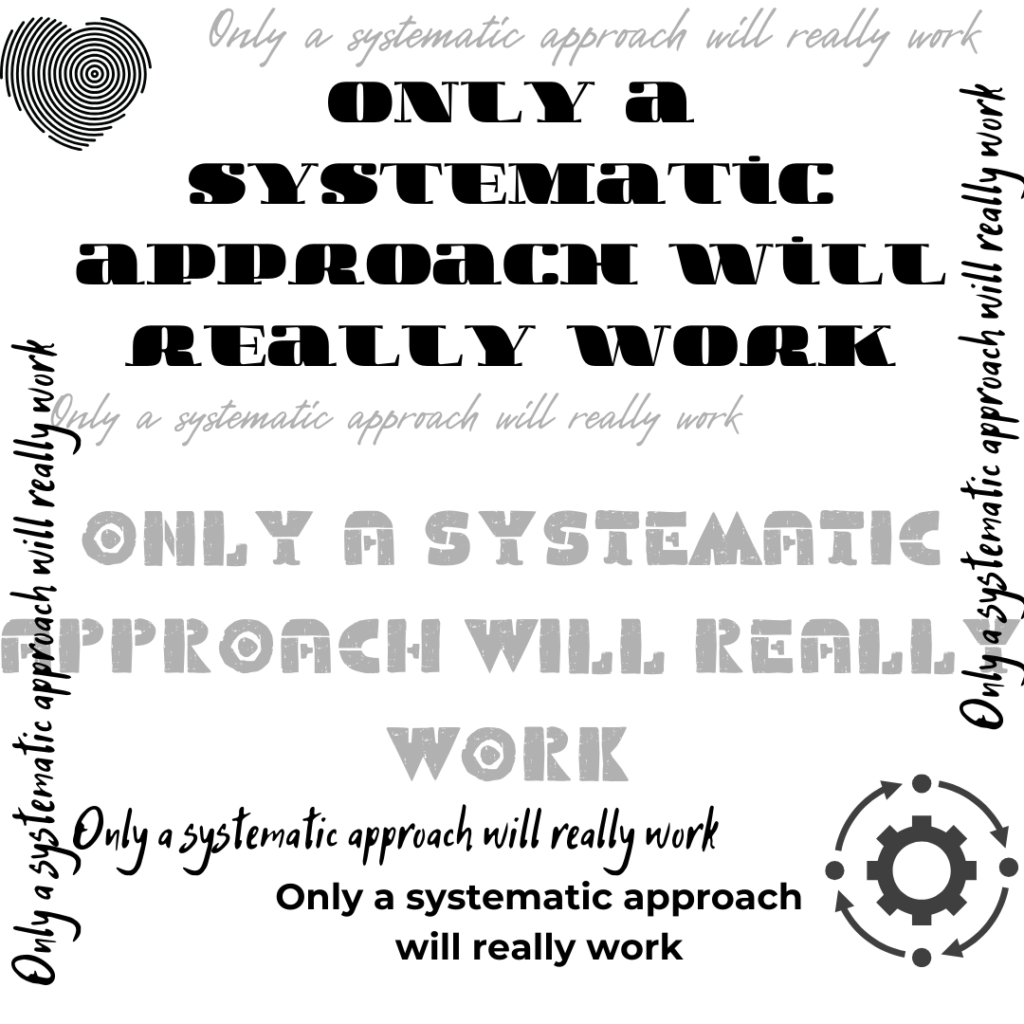
The Psychology of Branding: How to Create Emotional Connection with the Customer
Understanding the Subconscious Nature of Consumer Decisions
Modern branding goes far beyond logos and slogans. At its core lies a deep psychological mechanism: people don’t just buy products—they seek identities, stories, and emotional experiences. Consumer decisions are largely subconscious and emotionally driven. Behavioral research shows that feelings often precede rational analysis, and that gut instinct, nostalgia, trust, and visual memory play a far greater role than most marketers acknowledge. A strong brand leverages this subconscious processing to create emotional familiarity and preference before logic has a chance to intervene. The most powerful brands are not remembered as facts, but as feelings.
The Power of Brand Narrative as a Bridge to Loyalty
Stories are ancient tools of meaning-making. A compelling brand narrative acts as a cognitive anchor in the minds of customers, helping them place the brand within their own personal values, aspirations, or fears. This narrative can stem from the brand’s origin, mission, or the transformation it promises to deliver. What matters is not complexity, but resonance. A story that feels authentic, emotionally charged, and consistent becomes a shared experience. When customers can recognize themselves within the brand’s journey, a sense of belonging forms—and with it, emotional loyalty. This narrative must be present not only in marketing campaigns but in the product experience, visual cues, tone of voice, and even customer service.
Visual Identity and Brand Atmosphere as Emotional Stimuli
Visual design is not merely aesthetic—it is psychological communication. Every element, from typography to spacing, from the color palette to photography style, speaks silently to the viewer’s subconscious. Warm tones suggest intimacy; sharp contrast evokes energy; serif fonts bring a sense of tradition, while minimalist design signals modernity and clarity. The brand atmosphere—how all these visual and tonal elements come together—creates a sensory world that shapes emotion. If done with precision and emotional intelligence, the brand’s atmosphere becomes an immersive experience. Customers don’t just see the brand—they feel it. Over time, these emotional impressions hardwire associations in memory, triggering recall, comfort, or aspiration.
Emotional Triggers and Symbols That Cultivate Attachment
Successful brands often embed symbolic triggers—shapes, rituals, sounds, or metaphors—that act as emotional shortcuts to meaning. For instance, the sound of an opening soda can, the silhouette of a product, or even a brand’s signature scent can instantly evoke emotion. These triggers work because they connect to archetypes, memories, and habitual responses. Additionally, emotional attachment can be fostered through shared rituals, limited editions, or nostalgic callbacks. When brands use such elements to become part of the consumer’s emotional environment, they cease to be external entities and begin to live within the psyche, generating durable loyalty.
Consistency and Human Tone: Making the Brand Feel Alive
A brand becomes psychologically trustworthy when it behaves with human consistency. That means the messaging, tone, visual language, and actions must align across every touchpoint—from ads to emails to customer support. Customers unconsciously seek coherence and integrity, much like they do in people. A brand that speaks with empathy, listens attentively, and adapts without compromising its essence builds not just recognition but relational capital. This human tone makes the brand feel alive—more like a friend than a company—and over time, this perceived personality becomes a reason to return, recommend, and defend.
